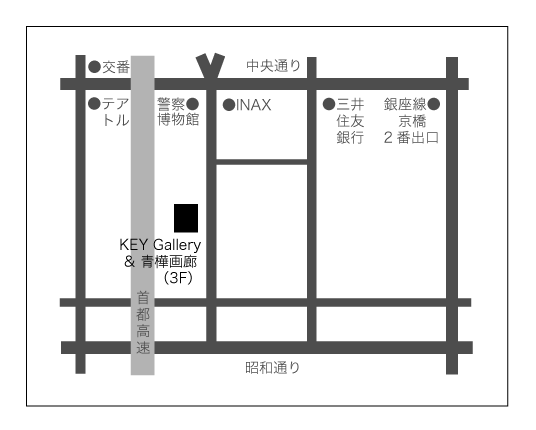
天国の絵画, 2010,キャンバスに油彩, 130.3 x 162.1cm
Pure land Painting, 2010, oil on canvas,130.3 x 162.1cmcm
「極楽論」において中沢新一は、イスラームの編年史や仏教のテクストなどにあらわれる地上の楽園や天国のヴィジョンは、「他界」や「あの世」や「死後の世界」をめぐる単なる表象ではなく、天国は我々の存在様式にほかならないと述べている。そこに描かれている「たえず微細な差異が生起し、差異がまたみずからの差異を無限に産出していく」光景は、非常に美しく圧倒的に自由な印象を与える。だが、この「天国」の、差異が無限に産出されていく様は、我々は確固としたものを持ち得ず、何一つとして分かることのできない恐ろしさも秘めている。
果たして我々はこの「天国」で生きてゆけるのだろうか?いや、我々は既に「天国」いるのだ。ただそのことを忘れ、そこに地上があると思い込んで生きているに過ぎない。
私の制作は、「見る」ということを通して、我々が仮定している土台を取り払い、「天国」の存在様式に身を置こうとする試みなのである。
(テキスト / 鈴木星亜)
In his text "Paradise Theory," Nakazawa Shinichi writes that the visions of heaven and earthly paradises that appear in
Buddhist and Islamic texts are not mere symbols of "the world beyond death," but represent none other than the patterns of
our existence. I find the situation where "minute contrasts occur, each leading to an infinite number of new differences"
to be remarkably beautiful and liberating. At the same time, a heaven that endlessly generates disparities is fearful
because it means we cannot know or hold on to anything at all.
Is it possible to survive in such a paradise? Perhaps, we are already there. So convinced that we are dwelling on earth,
we have simply forgotten this fact.
Through the act of looking, my works challenge us to banish this hypothetical foundation and place ourselves within the
heaven of existence.
(text/ seia suzuki)

KEY Gallery & 青樺画廊
〒 104 - 0031
東京都中央区京橋3-5-4 吉井ビル3F
TEL & FAX 03 - 6856 - 2006
http://key-seika.cool.ne.jp/
アクセス:銀座線京橋駅より徒歩2分/
地下鉄銀座駅より徒歩5分